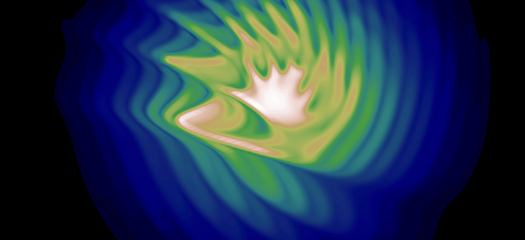Browse this site's news, projects, and people highlights via any of the topics in the dropdown list or below each content description.
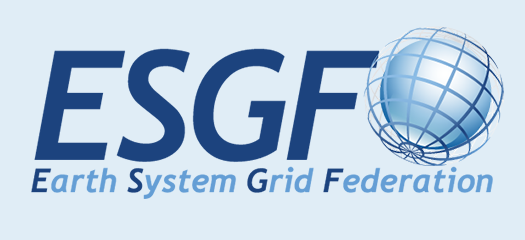
ESGF
The Earth System Grid Federation is a web-based tool set that powers most global Earth system research.
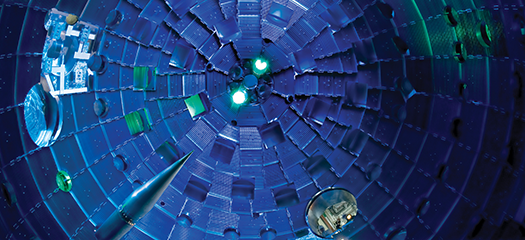
Backlighter Tech
The latest generation of a laser beam–delay technique owes its success to collaboration, dedication, and innovation.

Jarom Nelson
As group leader and application developer in the Global Security Computing Applications Division, Jarom Nelson develops intrusion detection and access control software.
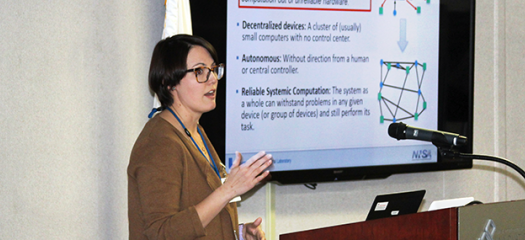
Alyson Fox
Alyson Fox is a math geek. She has three degrees in the subject—including a Ph.D. in Applied Mathematics from the University of Colorado at Boulder—and her passion for solving complex challenges…
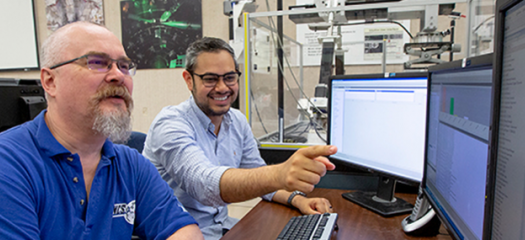
Jorge Castro Morales
Jorge Castro Morales likes having different responsibilities at work. He says, “I’m honored to be working with a diverse team of multidisciplinary experts to resolve very complex problems on a…
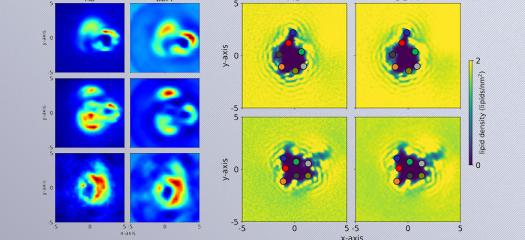
LLNL scientists take new approach to understanding protein-membrane interactions
A study led by LLNL scientists is providing new insights into the complex interactions between proteins and cell membranes, combining detailed molecular simulations and large-scale models.

Mapping cosmic shear to illuminate dark energy
In a recent study published in the Astrophysical Journal, LLNL researchers developed an innovative approach to map cosmic shear using linear algebra, statistics, and HPC.
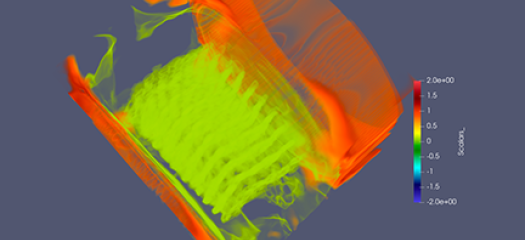
CASC Newsletter | Vol 15 | March 2025
Highlights include ML techniques for computed tomography, a scalable Gaussian process framework, safe and trustworthy AI, and autonomous multiscale simulations.

